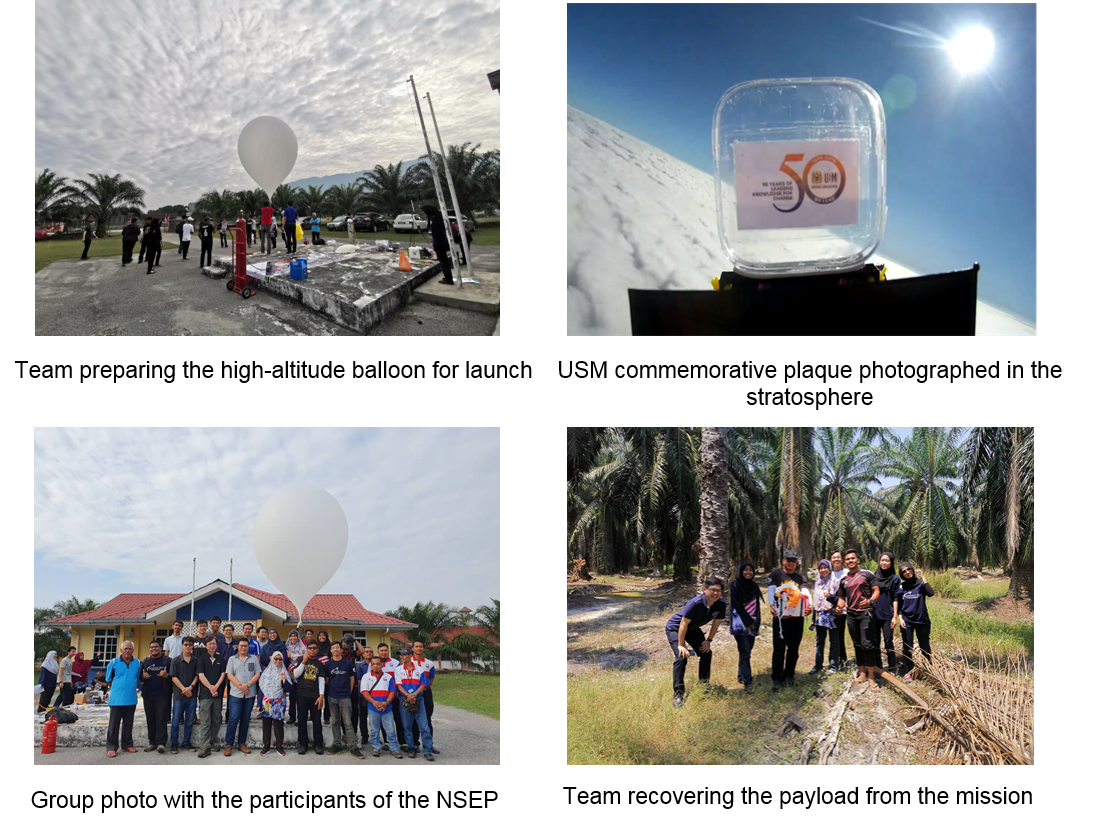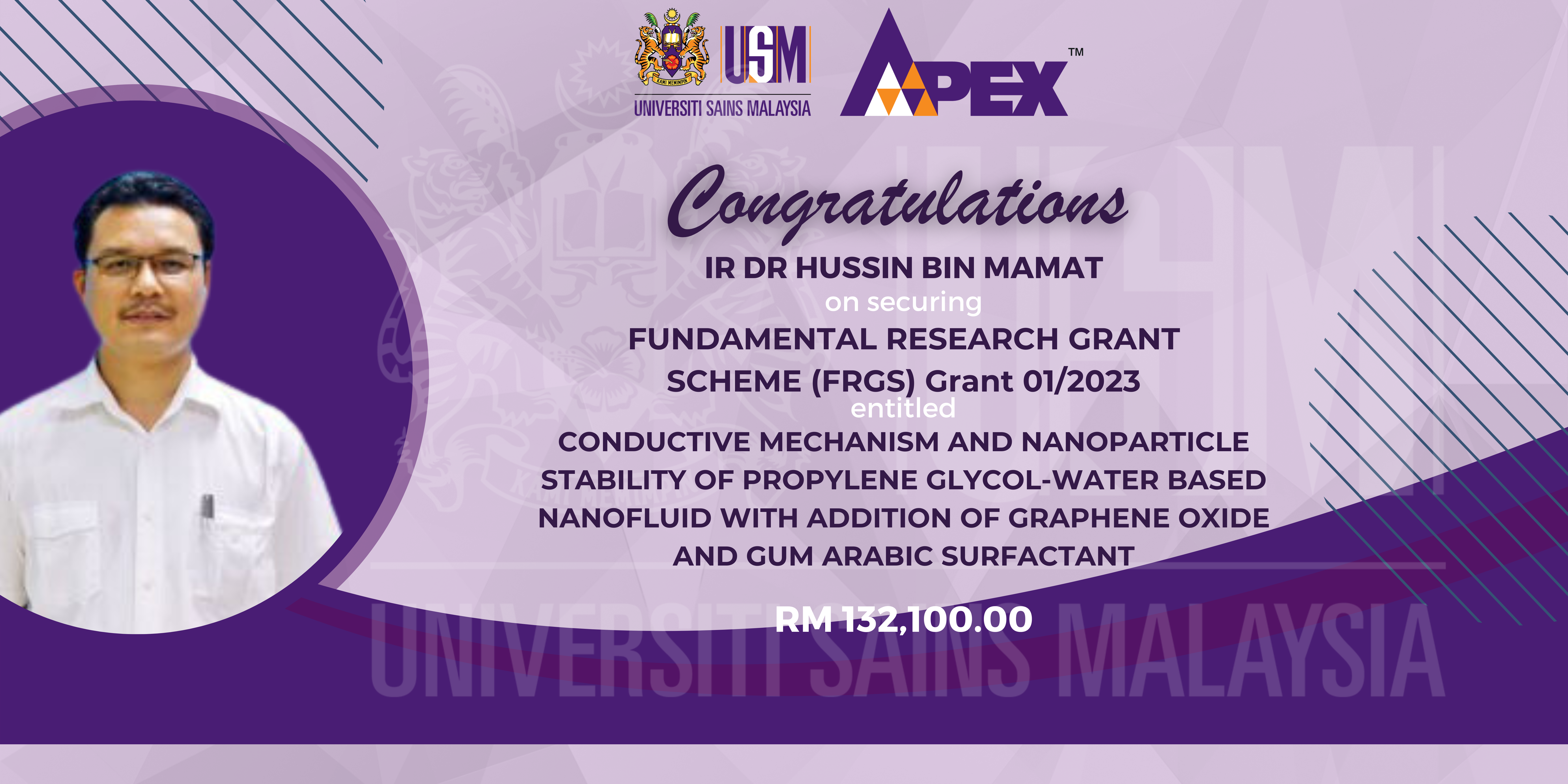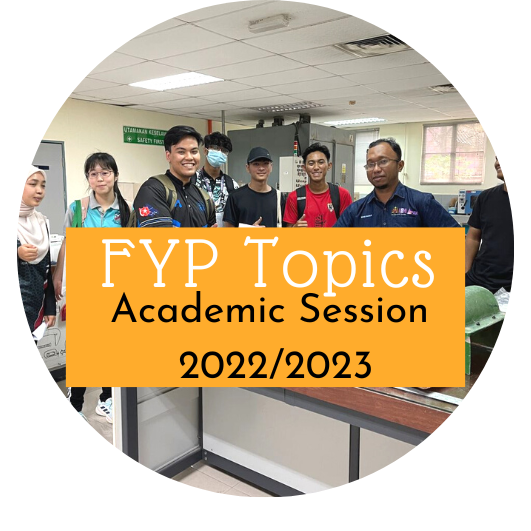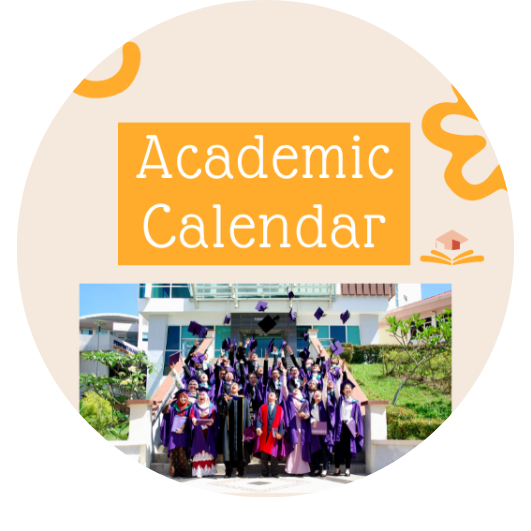23 September 2019
Penang, Kuala Lumpur and Singapore
A team of students from Universiti Sains Malaysia (USM), Universiti Putra Malaysia (UPM) and Nanyang Technological University, Singapore (NTU Singapore) successfully launched two high-altitude balloons to the Earth’s stratosphere to perform near-space experiments in Perak, Malaysia.
The first-of-its-kind, this joint initiative under the Malaysia-Singapore Near Space Experiments Programme (NSEP) not only gave students a chance to conduct near-space research, but to recover valuable data, including real time flight telemetry and smart material properties, that will aid in the development of better communication protocols and materials for future flight vehicles. The findings are expected to be published in a paper in the near future after thorough analysis. The NSEP was supported by the Singapore Space Technology Association (SSTA), Malaysia Space Initiative (MiSI) and the Aerospace Society of Malaysia (Aeros).
On 1 September 2019, two high-altitude balloons were launched from Kampar, Perak. The first balloon, launched at 9.00 a.m, carried a payload for space photography and an electronic module to be tested in the near-space environment. This hydrogen-filled balloon flew for about 50 minutes and landed 30 km southwest from the launch area. The second balloon, filled with helium, was deployed at 10.30 a.m and carried both a Shape Memory Alloy (SMA) experiment module as well as a communication and tracking module. This balloon flew to an altitude of up to 23 km before it burst and landed about 16 km away from the touchdown location of the first payload.
Universiti Sains Malaysia (USM)
USM has, to date, launched nearly 20 high-altitude balloons since it started to focus on this launch method back in 2013.
The NSEP provided an opportunity for USM to share its knowledge and experience in conducting this activity. For the NSEP, USM prepared two balloons filled with hydrogen and helium respectively to test the performance of these two gases in flying the payloads to the stratosphere. In conjunction with the celebration of 50 years of USM, the team launched a commemorative plaque for a mesmerising photograph against the background of the Earth’s horizon. USM also tested their communication system and Automatic Packet Reporting System (APRS) radio tracking system and collaborated with local radio amateur clubs in tracking the balloon.
Dr Norilmi Amilia Ismail, the project manager of High Altitude Balloon USM and President of Malaysia Space Initiative (MiSI) said, “We are committed to bringing this high-altitude balloon activity for the benefit of all. The NSEP was the best event to kick-off the international collaboration projects in the space technology field. This initiative will bring forth more projects and involve more countries in the future.”
Universiti Putra Malaysia (UPM)
UPM Aerospace has been involved in high-altitude balloon launches since 2015 for research and educational activities.
In relation to the NSEP, a research team, under the supervision of Dr Syaril Azrad, developed a payload to investigate the performance of Shape Memory Alloys (SMA) at various operating conditions at high altitudes. These shape-shifting alloys changes shape when heated and return to their former shape when cooled, and understanding their performance at extreme operating conditions opens the possibility of designing better actuation mechanisms in airplanes and drones.
The team is now looking to initiate international collaboration projects on near-space technology.
“We have been wanting to do this type of inter-university international collaboration for a couple of years now. And this time we made it happen,” said Dr Salahuddin Harithuddin from the Aerospace Engineering Department of UPM. “What was amazing was that we were involved in almost everything together - from preparation, launching the balloon, to the search and rescue mission. It was a memorable and unique experience for all the students involved. We are now planning something bigger next year and hopefully, we can get even more international students involved, especially from around this region.”
Nanyang Technological University, Singapore (NTU Singapore)
NTU’s first foray into space began 20 years ago. The first project was a communication payload codenamed Merlion, while the main satellite body was developed by the University of Surrey, UK. It was launched in 1999, making this year the 20th year anniversary milestone since NTU began its space mission.
NTU has since designed, built and sent nine satellites into Earth’s orbit. The X-SAT, NTU’s microsatellite built in collaboration with Singapore’s DSO National Laboratories, is the country’s first locally-built satellite which was launched into space in 2011.
Since 2009, NTU has been running Singapore’s first satellite programme for undergraduates and postgraduates.
The development of NTU’s payload was led by the NTU Satellite Research Centre (SaRC) and it successfully tested a high-altitude balloon tracking module using extended telemetry. The results of the experiment will be published in the near future after a thorough analysis of the collected data from the on-board data handling system.
Mr Lim Wee Seng, Executive Director of SaRC, said “The high-altitude balloon enables students to work together and bring experimental ideas from ground to space. They have to solve problems through engineering and practical means. It is really exciting to see students working outdoors, releasing and chasing the balloon. This forms a good start for them to understand the issues, before embarking on a real satellite project.”
Assistant Professor Holden Li from NTU’s School of Mechanical and Aerospace Engineering (MAE), said, ”The launch shows the strong collaboration and friendship between Malaysia and Singapore. Students from MAE also benefited from this program. The mission may bring us tremendous scientific as well as practical values. We are hopeful that more students will be able to participate from this close collaborative work with our Malaysian counterparts.”
NSEP: a programme to inspire near-space and space research
The NSEP was jointly initiated by SSTA and MiSI in February 2018 at the inaugural Malaysia-Singapore Space Summit, held on the sidelines of the 10th Global Space and Technology Convention (GSTC). Since then, the NSEP has been supported by the former Director General of ANGKASA Malaysia, Dr Noordin Ahmad, the first Angkasawan of Malaysia, Dato' Dr. Sheikh Muszaphar Shukor and the President of SSTA, Mr Jonathan Hung.
In a joint statement, Dr Ahmad and Mr Hung said: “We are pleased that the NSEP was successfully executed and we would like to applaud the efforts of lecturers and students from the three universities for turning this idea from a dream into reality. We are keen to see deeper cooperation between Malaysia and Singapore, and we strongly encourage the team to invite other partners from the Southeast Asian region to join the NSEP in the near future.”
The triumph of the NSEP collaboration has set a precedent for future joint launch missions and enhanced opportunities for knowledge sharing and mutual learning, which are critical to the sustainable development of the space industry in the region.
For more information or interview requests, please contact Dr Norilmi Amilia Ismail (This email address is being protected from spambots. You need JavaScript enabled to view it.) or David Ho (This email address is being protected from spambots. You need JavaScript enabled to view it.)
***
Resources:
● Public folder containing photographs and videos from the launch: https://drive.google.com/open?id=1pyUknABT7qpG3_Z9Xaujix7SgEJS9HxQ
● Video Montage - https://drive.google.com/open?id=1NoWaJGMGXAgjccPv43JZPltlNC0JfaTh
● USM Space System Lab facebook link:https://www.facebook.com/usmspacesystemlab/
● USM School of Aerospace Engineering website :https://aerospace.eng.usm.my
● UPM Engineering website link: https://eng.upm.edu.my/?L=en
● UPM Engineering facebook link: https://www.facebook.com/engineeringupm/
● NTU website link: http://www.ntu.edu.sg
● NTU’s latest satellite launch video:
● NTU’s facebook link: https://www.facebook.com/NTUsg
● NTU’s Satellite Research Centre website link: http://www.eee.ntu.edu.sg/research/SaRC/Research/Pages/Activities.aspx
● MiSI facebook link: https://www.facebook.com/malaysiaspaceinitiative/
● SSTA website link: https://www.space.org.sg
Photo Gallery

 Text/Photo : Dr Norilmi Amilia Ismail
Text/Photo : Dr Norilmi Amilia Ismail










